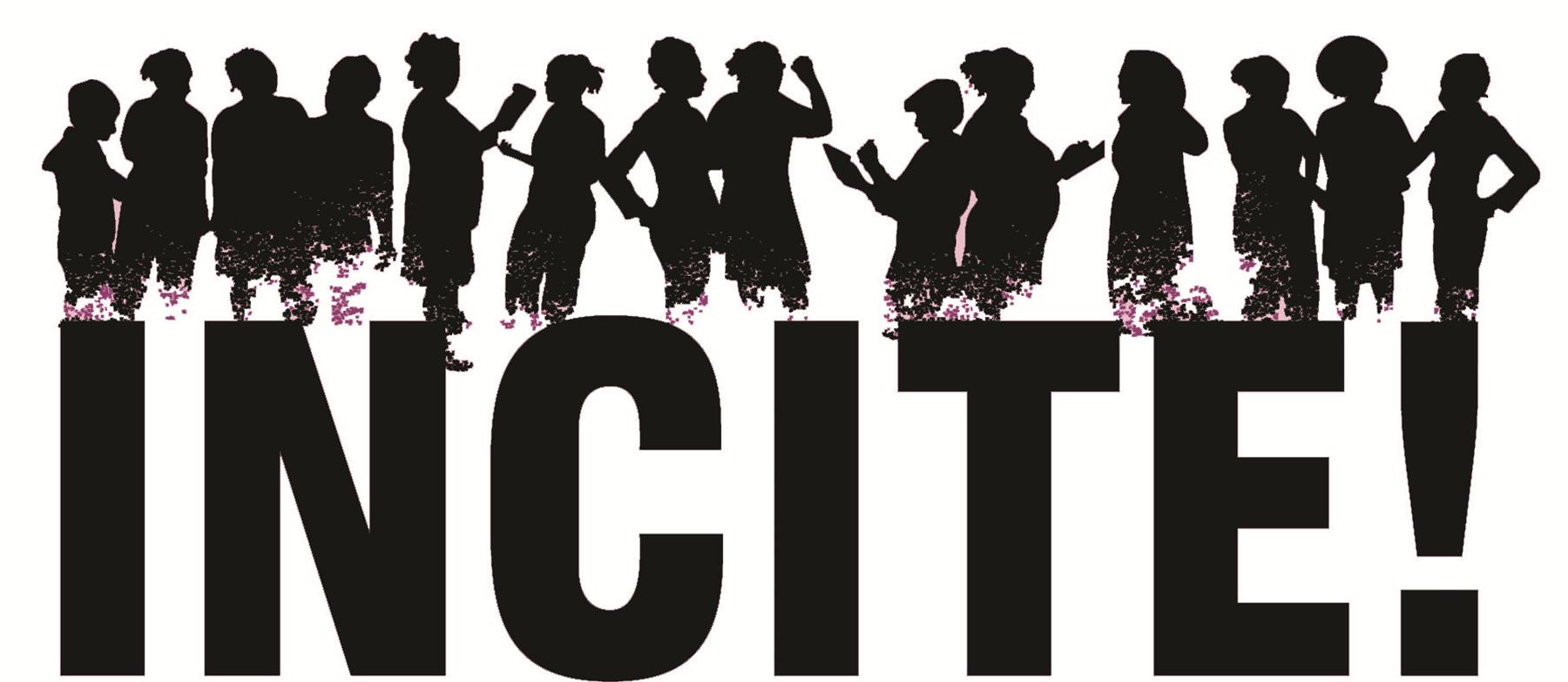Quality of Life Policing
Margaret Mitchell, a homeless 54-year-old Black woman, was pulling a shopping cart along the street in Los Angeles when two officers on bicycles approached and began harassing her. Under a California law, police can ticket people and confiscate their carts for supposedly not having a store’s permission to take the carts onto the street. It is a law that is almost exclusively enforced against homeless people. Margaret walked away from the police. Her shopping cart held all her possessions, including a red blanket that had become her trademark with the people in the area. As she walked down the street, someone driving by recognized her, pulled over and tried to talk the cops out of hassling her. But the officers continued. One witness saw her running and pulling the cart behind her as the cops ran after her. “My first thought was, ‘Oh, man. When they catch this person they’re going to beat her.’ That was my first thought. I didn’t see the guns. I just saw the cops running. And I saw her in front of them running. And then I heard the bam! It was so sudden that I didn’t even realize she was shot until moments later when I processed it and I saw her laying on the ground.” One bystander was reported to have said, “now I hesitate to call the police. You call the police and something worse happens. What’s the right thing to do? I don’t know who the cops are anymore; I don’t know what to do.”
What are “quality of life”, “broken windows”, & “zero tolerance” policing?
The concept of “zero tolerance” came out of federal drug enforcement policies of the 1980’s. It refers to a policy of allocating additional law-enforcement resources to areas where some form of crime is said to be endemic and then applying immediate and harsh responses with little or no consideration to individual circumstances.
The term “quality of life” is thought to have first been used in a policing context in New York City in the early 90s, during the Giuliani administration. It refers to a practice of heavily policing a number of normally non-criminal activities such as congregating and/or drinking in public spaces, as well as minor offenses such as graffiti, public urination, panhandling, littering, and unlicensed street vending in public spaces because, the argument goes, if left unchecked, they will lead to an explosion of serious crime. When coupled with the “zero tolerance” approach, this type of policing favors arrests over service and conflict resolution, or in situations where a warning or citation would otherwise be issued. This in turn contributes to soaring numbers of arrests, largely of people of color, and increased police brutality.
When combined, these law enforcement practices are often referred to as “order maintenance policing.”
Where did this come from?
The idea of “order maintenance” policing has its roots in the “broken windows” theory, which claims that tolerating minor infractions encourages serious violent crime by ‘signaling that the community is not in control.’ Adoption of this theory led to a national trend toward “zero tolerance” approaches to street crime and school discipline, under which any infraction, no matter the circumstances or severity, is subject to harsh penalties.
What does this policing look like?
It targets women and trans people of color who are the most marginalized, including street-based sex workers, homeless people, people with mental illness, and people with a drug addiction, or women and trans people of color who are profiled as such by police.
Because “order maintenance policing” increases the number of law enforcement officers on the streets, the frequency and likelihood with which women and trans people of color will encounter and engage with the police is also increased, widening the possibility that they will be subjected to police violence. Additionally, through “zero tolerance” policing, immigrant women find themselves drawn into the criminal justice system through arbitrary arrests for minor infractions, which can in turn lead to deportation, particularly post 9/11.
“Quality of life” provisions which are associated with congregating in and using public spaces or living on the streets disproportionately impact homeless, precariously housed, and low income women and trans people of color, as well as those providing vital outreach services to those communities. Young, homeless and poor women and trans people find themselves the direct targets of “quality of life” ordinances such as those banning sleeping in public places, “unreasonable noise,” storing belongings, urinating and consuming alcohol in public or congregating in public spaces.
Download full fact sheet on “quality of life” and “zero tolerance” policing (PDF)

